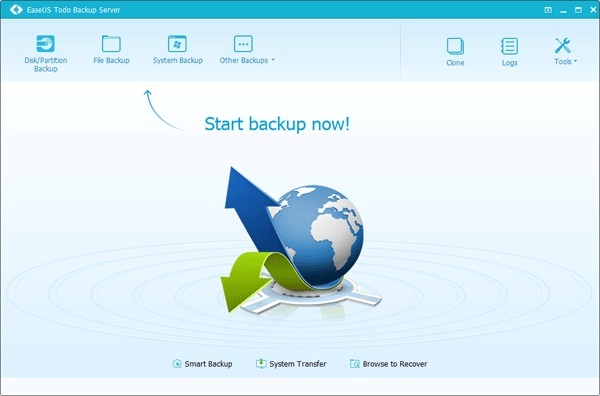A phrase which has been doing the rounds of the tech world is network virtualization. But what exactly does it mean? If you Google it, you’re likely to get an answer you won’t understand, so here is a basic definition for you. When you’re running several networks with each of them meant for a specific purpose. But you share all networks over a single physical platform, which is called network virtualization.
There’s more to it of course. It’s not entirely a virtual software affair; it involves the combination of hardware too, like routers, ports, devices, and all physical architecture in the computing world. Then there is the question of running all of them together over the same facility at the same time. And finally, it involves a way to associate all that architecture with a virtual component that can make it all work effectively, and also do it economically at the same time. This sort of arrangement works best for someone who needs a lot of servers, for example internet service providers.
It can get quite challenging, but there are several advantages to the concept that are not appreciated well enough. Here are two essential points on why you ought to be thinking about network virtualization if you’re in the business of providing technology.
Costs are lesser
This could be any kind of cost, from hardware to electricity. Because all your devices are connected to a single platform or a server, what you’re essentially doing is saving money by providing a separate server for all those devices. You may possibly have to shell out slightly higher for that one server, for maintenance, memory, processor etc, but think of the big picture when you’ll probably end up saving more than what you would spend getting a different server for all your computers.
As for energy costs like electricity, that’s common sense. Because all your computers end up doing more work than they otherwise would if they remained idle as individual devices, not only is more work achieved by lesser computers, but the electricity consumption is controlled, and by the end you spend lesser as a ratio.
Recovery
This can work two ways too. If your hardware fails due to some problem, your entire system needn’t suffer. Because you’re hooked on to several computers at a time, the work can continue and you can restore your settings quickly. You can transfer the information from the dying computer to a new one almost at once. Another way is, during actual disaster such as an earthquake or fire which can destroy devices. If you can get hold of one device, you’ll be able to recover information for the entire system, restore settings and be back online!
The communication between computers in a network was made possible. Thus, manipulating and sharing of files can be very handy. That’s how technology works today. It has made our every life easy and fast, leaving no room for frustrations. Just like the advantages that the Network Virtualization provides.


